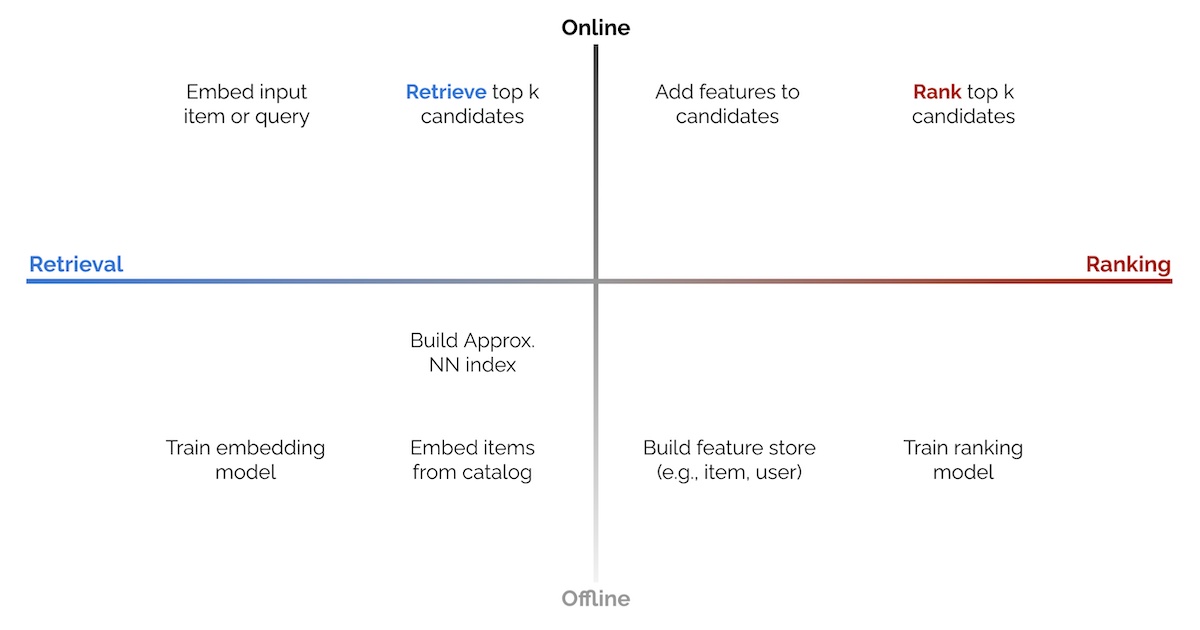
Feature FPGA Vs Software Emulation - Which Is Best? We Asked Four Experts To Find Out
Once upon a time, if you wanted to play a retro game without using the original hardware, then your only option was software-based emulation. These emulators would be coded for platforms such as Windows, Linux or Android, and would replicate the performance of different computers and consoles purely via code.
As these host platforms have grown in power over the years, so too has the scope of software-based emulation; more powerful computers mean that platforms such as the PS2, PS3 and even Switch can be emulated in software – offering the ability to reconnect with the past on anything from a desktop PC to a typical smartphone. Even vintage consoles themselves can be turned into emulation platforms when loaded with the correct homebrew software.
For years, people were perfectly content with software-based emulation, but the world of retro gaming was shaken by the arrival of Field-Programmable Gate Array chips. These can be programmed to behave like retro gaming systems on a hardware level, thereby offering incredible accuracy and low latency. The open-source MiSTer FPGA system has arguably been at the vanguard of this revolution, but we've also had the popular Analogue Pocket, Mega Sg, Super Nt and Analogue Duo appear on the scene, all powered by FPGA chips.


















/cdn.vox-cdn.com/uploads/chorus_asset/file/23935558/acastro_STK103__01.jpg)

